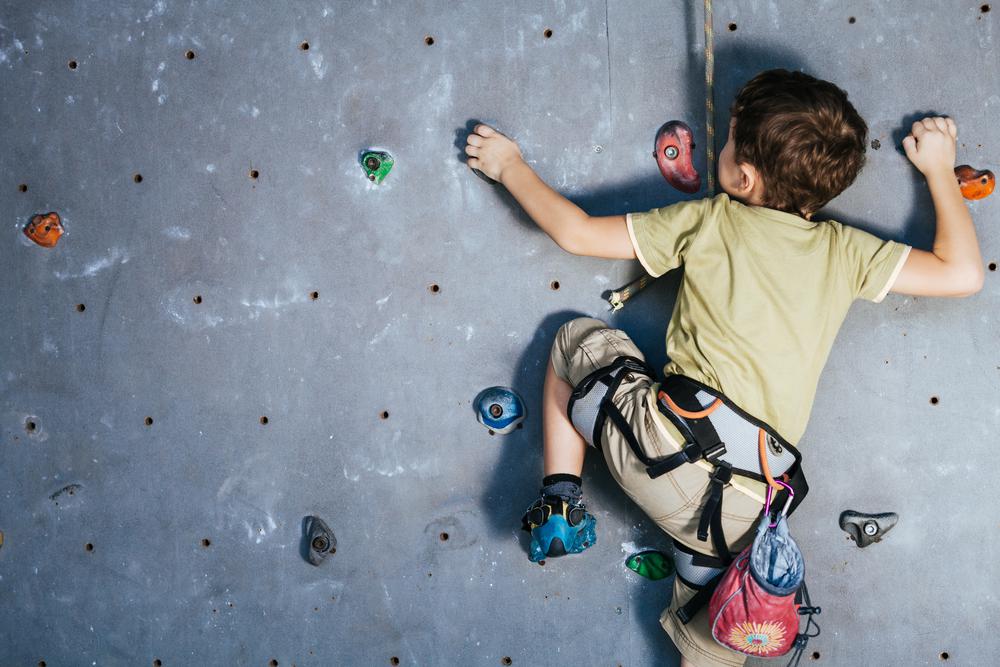Categorization skills Animals Worksheets for Ages 5-8
4 filtered results
-
From - To
Enhance young minds with our "Categorization Skills Animals Worksheets" designed for ages 5-8. These scientifically engaging and fun activities will help your child master categorizing various animals based on their unique characteristics. Through our interactive printable worksheets, children will develop critical thinking, logic, and classification skills, while also expanding their knowledge of the animal kingdom. Tailored to support early science education, these worksheets make learning enjoyable and effective. Ideal for home or classroom use, they provide an excellent foundation for future scientific understanding and inspire curiosity about the natural world. Perfect for young animal enthusiasts!
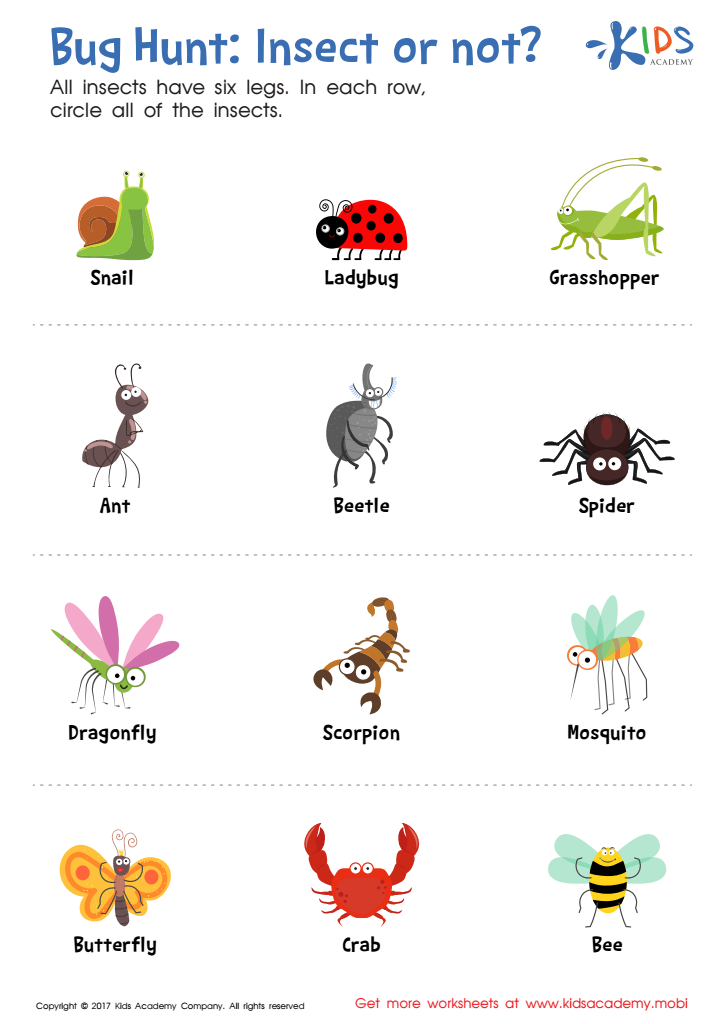

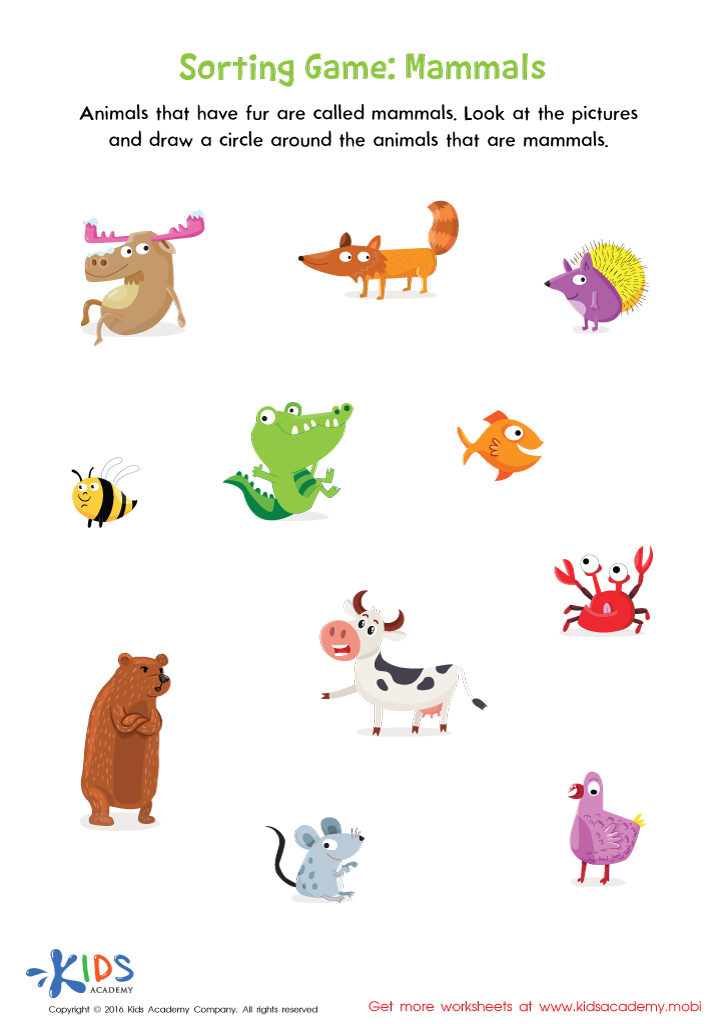

Mammals Sorting Worksheet
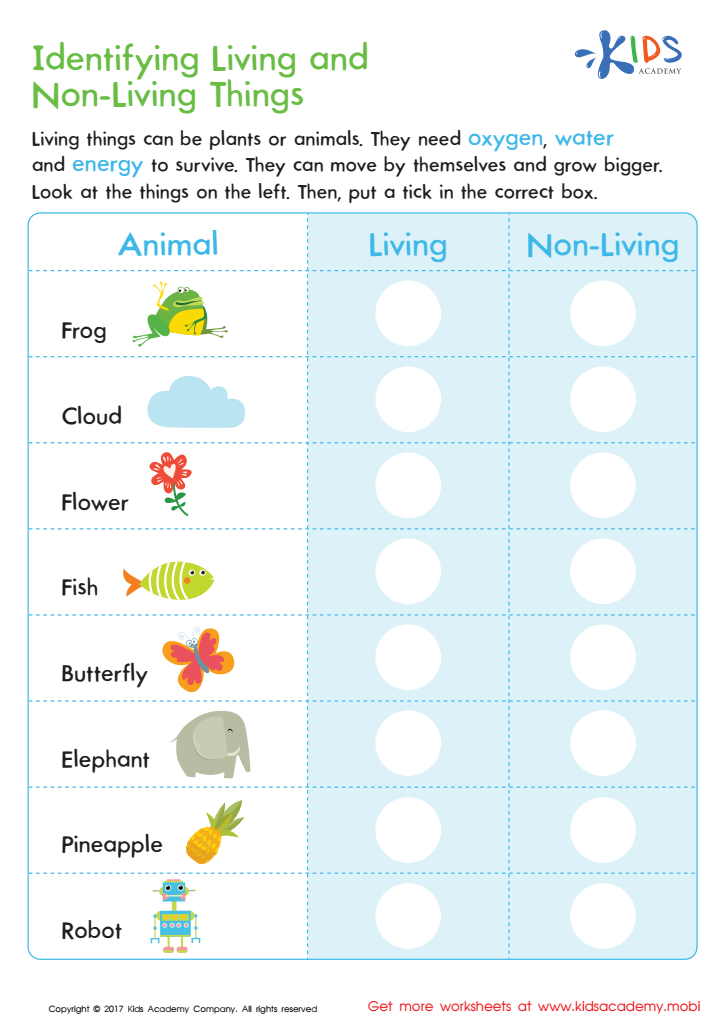

Identifying Living or Non–living Worksheet
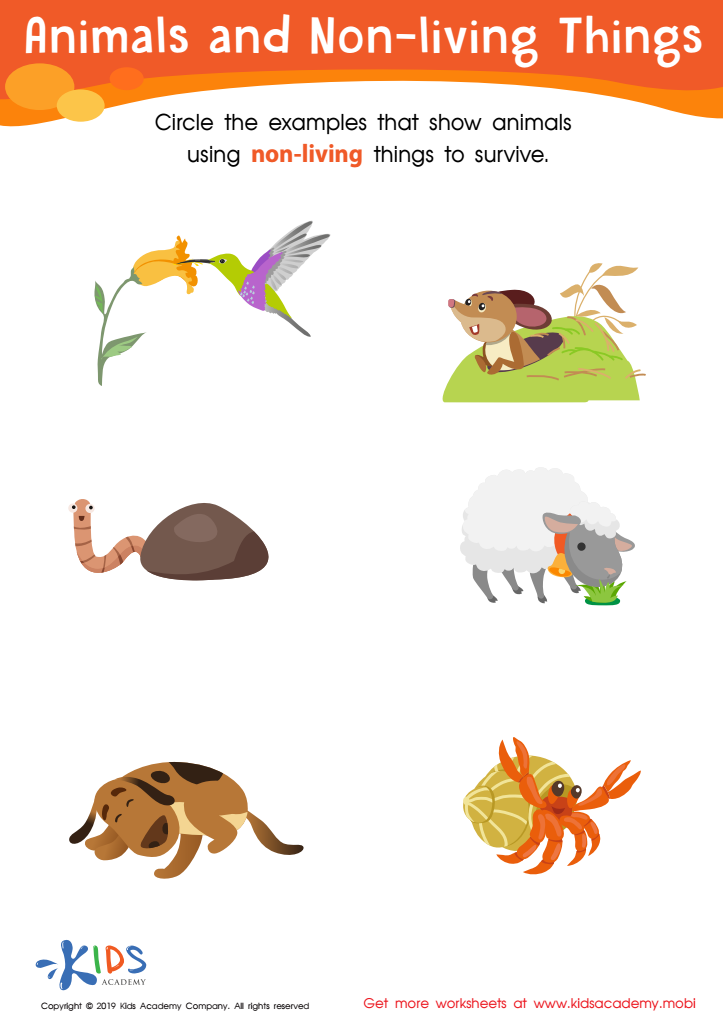

Animals and Non-Living Things Worksheet
Categorization skills, particularly in recognizing and organizing animals into groups, are vital for children aged 5-8 as they form a foundational aspect of cognitive development and learning. When children learn to categorize animals, they enhance their observational skills by noting similarities and differences in physical features, behaviors, and habitats. This ability to sort and classify helps children make sense of the world and fosters critical thinking and problem-solving capabilities.
By encouraging children to categorize animals, parents and teachers support vocabulary development. As youngsters describe and label different animal groups, they expand their language skills and enhance their ability to communicate effectively. For example, distinguishing between mammals, reptiles, and birds introduces children to advanced concepts and terminologies, building their academic readiness.
Moreover, categorization activities can spark curiosity and a love for nature, encouraging children to explore and learn more about wildlife and environmental conservation. These skills also promote a sense of order and structure, aiding in other areas of learning such as mathematics and reading, where recognizing patterns and sequences is essential.
Overall, nurturing categorization skills in children supports holistic development, including cognitive, linguistic, and emotional growth, preparing them for future academic success and fostering a lifelong curiosity about the natural world.
 Assign to My Students
Assign to My Students







